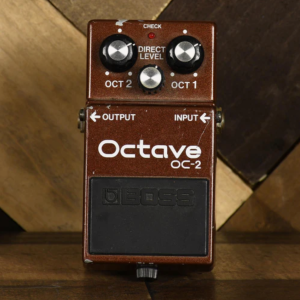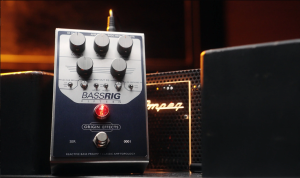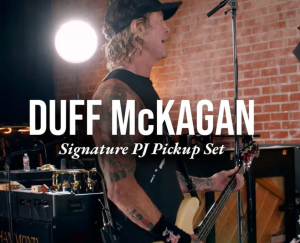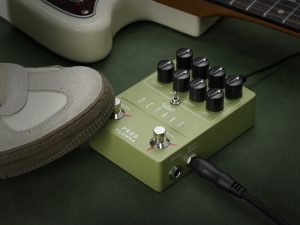A Legacy of Sonic Exploration
The Electro-Harmonix Bass Micro Synth is a legendary pedal that has remained relevant for decades, largely due to its ability to create analog synth sounds without the need for a keyboard or additional gear. Originally introduced in the late 1970s alongside its guitar-focused sibling, the Micro Synth, this pedal was an innovative take on merging guitar effects with the booming world of synthesizers.
At a time when bass players were exploring new textures beyond the traditional amp-and-bass setup, the Bass Micro Synth allowed musicians to tap into the massive, synth-driven sounds that were gaining traction in funk, R&B, rock, and eventually gospel. The pedal’s ability to produce Moog-like tones, fuzzed-out leads, and deep, resonant filters made it a unique tool that stood out against traditional bass effects like chorus, overdrive, or envelope filters.
Despite the rise of digital multi-effects and synth pedals with modern processing power, the Bass Micro Synth has retained a devoted following. Why? Because it’s one of the few fully analog synth pedals for bass that delivers a truly organic, responsive, and warm sound. Unlike digital synth pedals that rely on tracking and MIDI-style processing, the Bass Micro Synth manipulates the actual bass signal in real time, giving it a raw, unfiltered quality that digital emulations struggle to replicate.
Moreover, its hands-on control offers bassists a chance to shape their tone with precision rather than relying on presets. That level of customizability and warmth keeps this pedal relevant, even in the age of advanced DSP-based effects.
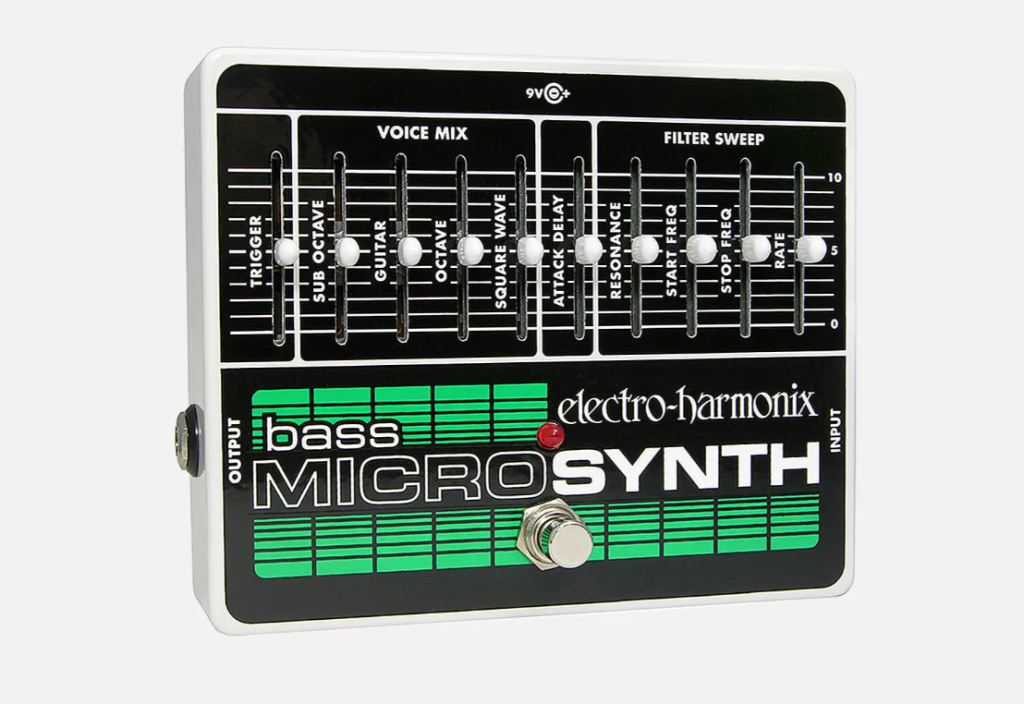
The Gospel Legacy
The gospel music scene has long been known for pushing the boundaries of bass playing, with bassists often serving as melodic, harmonic, and rhythmic anchors all at once. The Bass Micro Synth has found a home in this world because it delivers fat, synthy bass lines reminiscent of classic gospel recordings, where keyboard bass and Moog-style textures played a crucial role.
Bassists like Justin Raines, Sharay Reed, and Thaddeus Tribbett have incorporated synth-like tones into their playing, often mimicking keyboard bass or creating massive, soaring lead sounds during high-energy gospel jams. The Bass Micro Synth is particularly useful in modern gospel because:
- It mimics analog synth bass sounds, allowing bassists to take over parts usually played by a keyboard.
- It delivers smooth, vocal-like filter sweeps that complement gospel’s expressive phrasing.
- It’s great for stacked bass chords—when playing in a three-piece band, the synth tones help fill out the mix.
- It cuts through dense mixes without overpowering vocals, which is crucial in gospel arrangements.
Breaking Down the Controls & Sound Design
The Bass Micro Synth has a series of sliders that shape its tone. Unlike other synth pedals with menu diving, it provides a direct and tactile approach to tweaking sounds.
- Trigger – Determines the sensitivity of the filter section based on your playing dynamics. Adjusting this allows the synth to react differently to soft vs. hard playing.
- Sub Octave – Adds a deep, fat tone one octave below the original signal. Perfect for filling out a mix with a booming low end.
- Guitar (Dry) Level – Controls how much of the unaffected signal is blended with the effect.
- Octave (Up) – Introduces a higher-pitched sound, mimicking classic synth octave sounds or even a lead-like quality.
- Square Wave – Essentially a built-in fuzz that adds harmonic richness and aggressive edge to the sound.
- Attack Delay – A hidden gem in the pedal, this control introduces a swelling effect, making the synth sound almost like it’s being played on a bowed instrument. This feature is crucial for mimicking Moog-style pads and soft lead lines.
- Resonance – Boosts or cuts certain frequencies, controlling how ‘nasal’ or ‘round’ the filter sounds.
- Start and Stop Frequency – These two sliders control where the filter sweep starts and stops, determining how pronounced the movement of the synth sound is.
- Rate – Adjusts how fast the filter sweep happens, affecting the feel of the synth modulation.
Sonic Possibilities
The Electro-Harmonix Bass Micro Synth can do a lot more than just create classic synth bass tones. Here’s a breakdown of some of its standout sounds:
- Classic Moog Bass: Lower the Trigger, crank the Sub Octave, and tweak the Start/Stop Frequency for deep, rolling synth bass tones.
- 80s Funk Synth: Increase the Square Wave for a fuzzy, aggressive synth bass sound that mimics keyboard bass in funk tracks.
- Swelling Lead Lines: Use the Attack Delay to create soft, violin-like swells, perfect for melodic passages.
- Filter Sweeps: Play with the Resonance and Rate settings to create dramatic filter modulations, great for expressive, wah-like effects.
- Organ-Style Chords: Set a balance between the Octave and Sub Octave with Attack Delay for smooth, stacked synth-like chords.
Final Verdict
The Electro-Harmonix Bass Micro Synth is a timeless pedal that continues to be relevant due to its pure analog warmth, hands-on controls, and ability to create massive synth tones without losing the natural feel of bass guitar. Whether you’re a funk player, a gospel bassist, or an experimental musician, this pedal can unlock a world of creative potential. While modern alternatives exist, few capture the raw character and versatility of the original.
If you’re looking to add a synth edge to your bass playing while keeping an organic feel, the Bass Micro Synth is still one of the best options out there.
